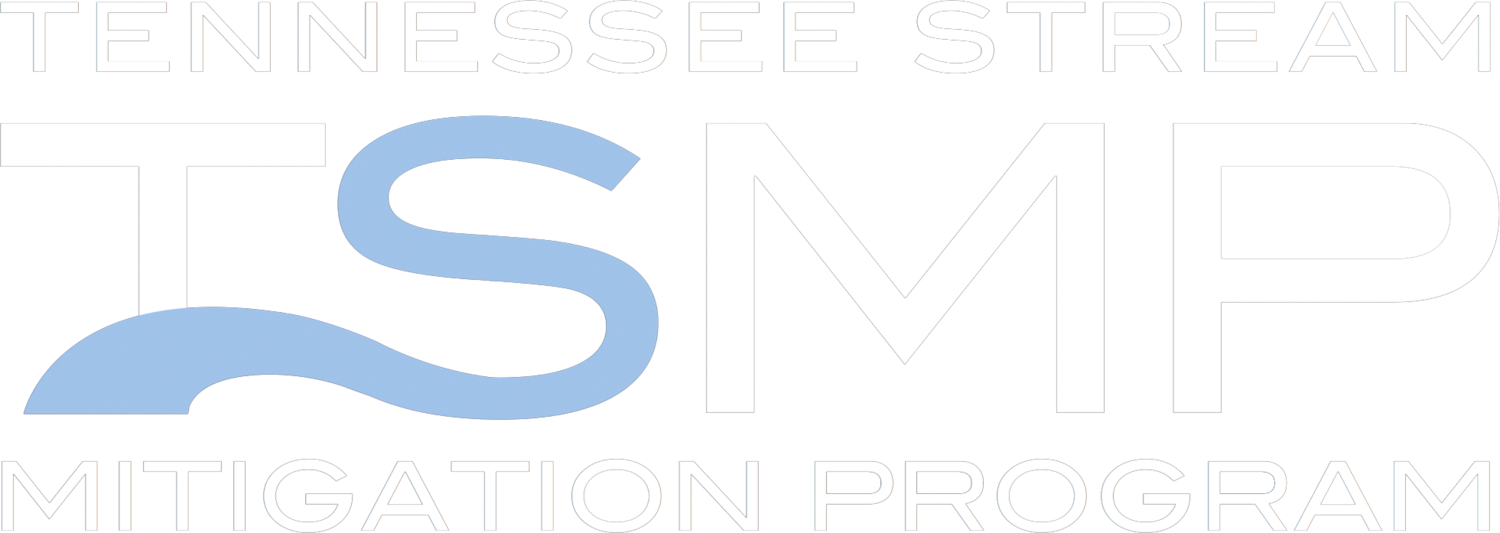flat fork
The Flat Fork Restoration Project includes 18,698 linear feet of Flat Fork and three of its tributaries. Project objectives include: reducing bank erosion resulting in elevated non-point source sediment loads downstream; providing a 50-foot riparian buffer on both stream banks; improving natural sediment movement by removing multiple impoundments; improving in-stream habitat by restoring natural stream channel dimension, pattern and profile; enabling the stream to be self- adjusting and self-maintaining; and providing for the recovery of natural stream functions and values. Long-term recovery of riparian functions will be facilitated by management of land uses in the Conservation Easement areas, which will require protection of planted vegetation. Sediment transport and flow conveyance will be improved by the replacement of the existing culvert stream crossings with at-grade fords. Restoration of appropriate hydraulic geometry, removal of existing stressors, and establishing a riparian buffer will contribute to water quality and aquatic habitat improvements within the watershed. Establishing and maintaining a vegetated buffer along the stream banks will contribute to water quality improvements by providing a mechanism for surface water infiltration and reduction in excess nutrient inputs and pollutants. Changes in hydraulic geometry features, such as creation of riffles and pools, will enhance natural water column oxygenation processes, thereby contributing to an overall improvement in water quality, stream ecology, and habitat diversity.
Service Area: Upper Tennessee
Watershed: Emory River
Project Length: 18,698 linear feet
Date of Completion: June 2009








